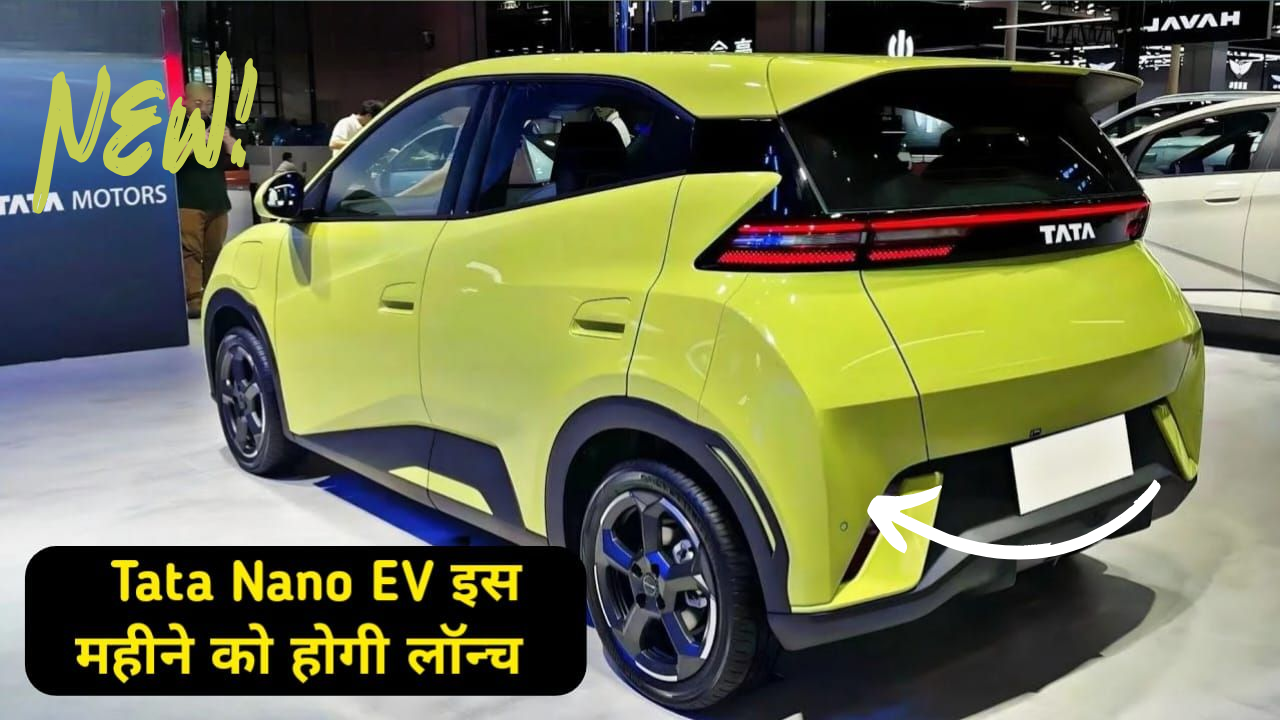The Tata Nano, once celebrated as the world’s most affordable car, might soon return in a bold electric avatar. This evolution is not only a technological leap but also a strategic realignment by Tata Motors to address the growing demand for electric vehicles (EVs). Let’s explore the legacy of the Nano, the potential features of its electric version, and the opportunities and challenges it may face in India’s burgeoning EV market.
The Legacy of the Tata Nano
From Vision to Reality
Conceived by Ratan Tata, the original Nano was designed to provide affordable four-wheel transportation to millions of Indians. Launched in 2009 with a groundbreaking price tag of Rs 1 lakh, it became a global sensation, embodying the idea of accessible mobility for emerging markets.
Challenges and Decline
Despite its innovative concept, the Nano struggled to maintain momentum due to:
- Safety concerns
- Public perception as a “cheap” car
- Minimal features compared to competitors
- Shifting consumer preferences
Sales dwindled, and in 2018, Tata Motors decided to discontinue the Nano, marking the end of an era.
The Electric Revolution: Tata Nano EV
Tata Motors and the EV Transition
Tata Motors has emerged as a leader in India’s electric vehicle market, with successful models like the Nexon EV, Tigor EV, and Tiago EV. The company’s aggressive push into EVs aligns with global trends and India’s shift towards sustainable transportation.
Nano EV: A Second Life?
The idea of reviving the Nano as an EV is not new. Tata Motors unveiled a Nano EV concept in 2010, signaling their early interest in electrifying the compact car. Recent developments suggest that the Nano EV could finally see the light of day.
Potential Features of the Tata Nano EV
Powertrain and Performance
- Electric Motor: Likely output of 30-40 kW
- Battery Pack: Lithium-ion battery, with a capacity of 15-20 kWh
- Range: An estimated 150-200 km on a full charge
Charging Options
- AC and DC Fast Charging: Supporting quick recharging
- Battery Swapping: A potential game-changer for urban commuters
Design and Interior
- Refreshed Exterior: Retaining the compact design while adopting a modern aesthetic
- Digital Interiors: Incorporating connected car features and smart displays
Safety Enhancements
- Dual airbags
- ABS with EBD
- Rear parking sensors
- Improved structural integrity
Market Positioning and Pricing
Target Audience
The Nano EV is expected to appeal to:
- Urban commuters looking for affordable, eco-friendly mobility
- First-time car buyers opting for a compact EV
- Families seeking a secondary vehicle for city use
Expected Price Range
With an anticipated price of Rs 6-9 lakh, the Nano EV could become one of India’s most affordable electric cars.
Competition
Key competitors for the Nano EV include:
- MG Comet EV
- Upcoming micro-EVs from Indian and global automakers
Challenges and Opportunities
Infrastructure Development
The widespread adoption of the Nano EV hinges on a robust charging network. Tata Power’s initiative to expand EV charging stations across India could provide the required infrastructure.
Rebranding the Nano
Overcoming the original Nano’s perception as a “cheap” car is critical. Tata Motors must reframe the Nano EV as a smart, innovative solution for urban mobility.
Government Support
Incentives like the FAME II scheme and state-level subsidies could make the Nano EV even more attractive to buyers.
Production Capabilities
Tata Motors’ acquisition of Ford’s manufacturing facility in Gujarat positions the company to meet potential demand efficiently.
The Ratan Tata Connection
Interestingly, Ratan Tata owns a custom-built electric Nano, developed by Electra EV. This personal connection underscores the passion behind the project and could inspire renewed interest in the Nano EV’s revival.
Impact on India’s EV Landscape
Democratizing Electric Mobility
The Nano EV has the potential to make EVs more accessible to the masses, accelerating India’s transition to sustainable transportation.
Driving Innovation
The development of a compact electric car like the Nano EV could spur advancements in small-scale EV technology and promote local manufacturing under the “Make in India” initiative.
Environmental Benefits
Mass adoption of affordable EVs can significantly reduce urban air pollution and curb India’s carbon footprint in the transport sector.
Future Prospects
Expanding to Global Markets
An affordable EV like the Nano EV could appeal to other developing countries with similar urban mobility challenges.
Evolving Technology
As battery technologies improve, future iterations of the Nano EV could offer better performance, extended range, and even lower costs.
Conclusion
The Tata Nano EV represents a bold blend of nostalgia, innovation, and market opportunity. By leveraging its EV expertise, addressing past challenges, and aligning with consumer aspirations, Tata Motors has the potential to transform the Nano into a symbol of urban sustainability.
As the automotive industry eagerly awaits official announcements, the Tata Nano EV stands as a beacon of hope for affordable and eco-friendly urban transportation. If successful, it could mark a new chapter in India’s automotive journey, redefining mobility for millions and solidifying Tata Motors’ legacy as a pioneer in innovation.
Also Check: Mitsubishi Pajero: Redefining Premium SUVs with a Legendary Return to India
